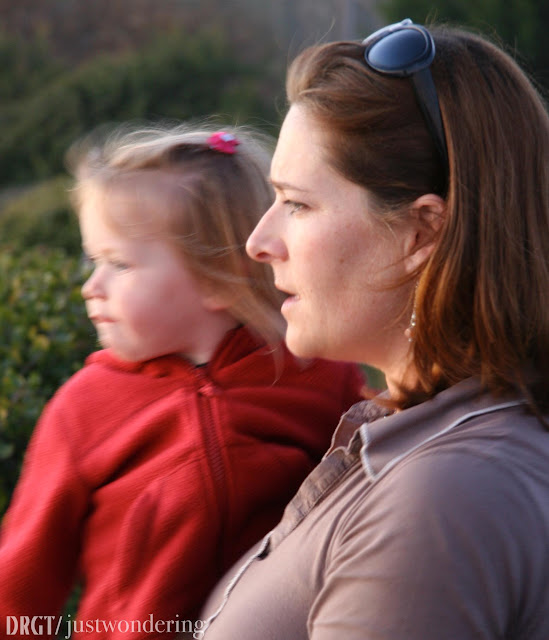Jesus began to do after his immersion in the Jordan River.
I am struck by how underwhelmed we are a lot of the time.
most of them horrific.
most especially the gospel narratives that
Oh, yeah, Jesus is a great guy – loves little kids, lives simply, must have been a quiet sorta fella,
they were stunned.
and who showed that compassion by ‘healing many.’
this Monday night.




































